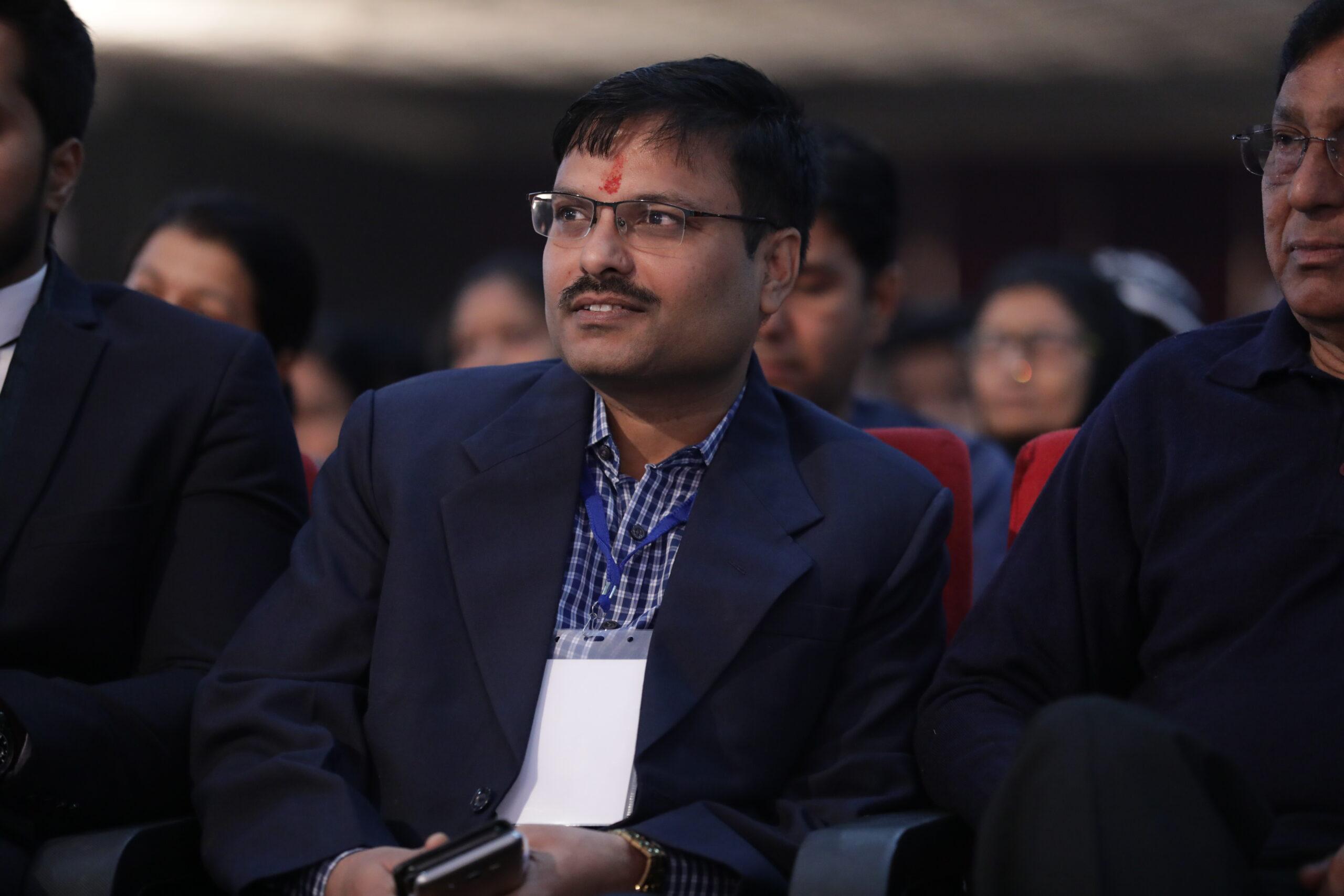Athetoid / Dystonic
Problem: Athetoid cerebral palsy occurs because of basal ganglia lesion and presents abnormal involuntary movement. Dystonic cerebral palsy presents as persistent & uncontrollable increase in tone during all activity but disappears during rest.
Management Protocol: It is very difficult to manage athetoid/dystonic cerebral palsy by all means but we can correct many abnormal postures by careful analysis and with the utilisation of newer technique of therapy like Tone Reducing Posture, Muscle Relearning Posture and different yoga postures. With this concept they can have much control on them. With continuous practice these children can also develop some ambulatory capability. Joint mobilization & stretching exercises are not advised in these children.
Authors
-
MS Ortho (PGI Chandigarh) & DNB Ortho, Senior Paediatric Orthopaedic Surgeon, Chairman of Trishla Foundation, India Experience of 20 years in children with orthopaedic problems, cerebral palsy & congenital limb deficiency. Manage more than 1 Lac children with Cerebral Palsy & orthopaedic problem. Member of different Government & non-government organizations. Cerebral palsy children from every state of India & 20 countries are visiting him for expert opinions.
View all posts -
MBBS, MD (Community Medicine), PhD Public Health Secretary, Trishla Foundation, 15 years experience in counselling & guidance to parents of children with cerebral palsy
View all posts


